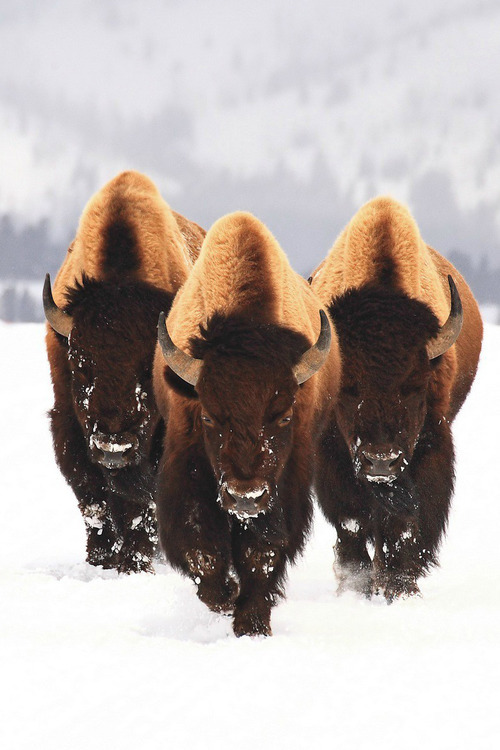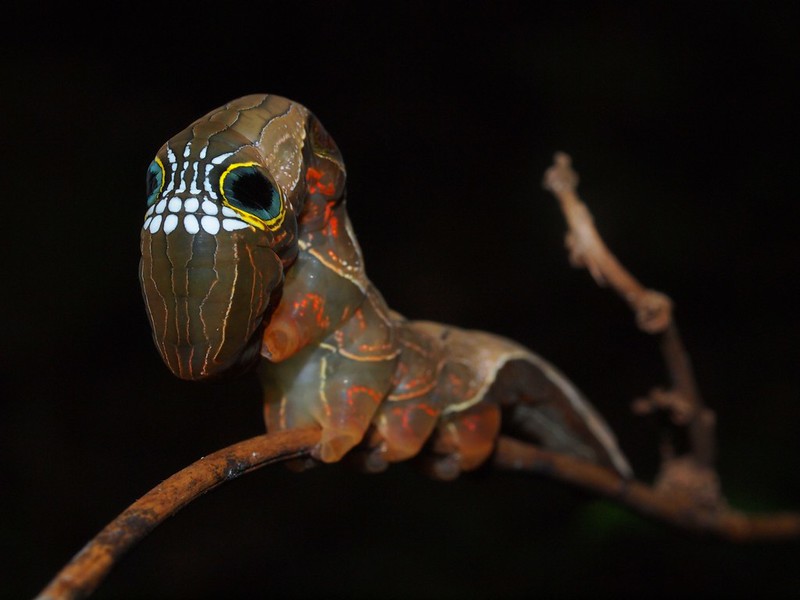
Tuesday, November 27, 2012
Thursday, November 22, 2012
Tuesday, November 20, 2012
Our Sun Erupts

On August 31, 2012 a long filament of solar material that had been hovering
in the sun’s atmosphere, the corona, erupted out into space at 4:36 p.m. EDT.
The coronal mass ejection, or CME, traveled at over 900 miles per second.
The CME did not travel directly toward Earth, but did connect with Earth’s
magnetic environment, or magnetosphere, causing aurora to appear on the night
of Monday, September 3. The incredible image above is a lighten blended
version of the 304 and 171 angstrom wavelengths.
Source: Twisted Sifter
Willow the White Whale

An extremely rare white humpback whale was spotted recently near Norway.
Welsh maritime engineer Dan Fisher made the startling discovery off the coast
of Norway in August. Fisher has dubbed him Willow the White Whale.
Website Life’s Little Mysteries states: this is only the second known adult white
humpback whale on the planet. The first is Migaloo, a humpback who’s made
numerous cameos off Australia’s east coast. The whale’s name means
“white fella” in Aboriginal, and he’s usually spotted as he makes his annual
migration to Antarctic waters during the southern spring.
While Migaloo is thought to be affected by albinism, a genetic condition that
stifles melanin pigmentation, it’s possible his Norwegian counterpart is not
albino, but leucistic. Leucism can affect pigments other than melanin and it
doesn’t result in the pink eyes characteristic of albinism.
Leucism can also
Monday, November 19, 2012
Proboscis Monkey

The proboscis monkey (Nasalis larvatus) or long-nosed monkey, known as the bekantan in Malay, is a reddish-brown arboreal Old World monkey that is endemic to the south-east Asian island of Borneo.
The monkey also goes by the Malay name monyet belanda ("Dutch monkey"), or even orang belanda ("Dutchman"), as Indonesians remarked that the Dutch colonisers often had a similarly large belly and nose.
Source: http://en.wikipedia.org/wiki/Proboscis_monkey
Tuesday, November 13, 2012
Tuesday, November 6, 2012
Thursday, November 1, 2012
Friday, October 26, 2012
Finalists of Nikon's best microscope images of 2012

These recently hatched lynx spiders were imaged by Walter Piorkowski of South Beloit, Illinois.

Geir Drange from Norway captured this ant carrying its larva.
More images found at: www.nikonsmallworld.com
Dinosaurs Developed Feathers To Attract Mates, Not Fly

In news that shouldn't surprise anyone who finds them so irresistible, paleontologists are now claiming that the earliest dinosaurs to develop feathers did so for courtship purposes and not to soar like giant, sexy eagles.
"They may have initially evolved as a secondary sexual characteristic," says a paper published Thursday in the prestigious journal Science.
"Because they're in these large dinosaurs, (wings) haven't evolved for flight," Zelenitsky says. "(And) because these wing-like structures develop later in life, that suggests they were used for purposes like display or courtship or egg-brooding."
Wednesday, October 24, 2012
Monday, October 22, 2012
Coconut Octopus

Amphioctopus marginatus, also known as the "coconut octopus" or "veined octopus",
is a medium-sized cephalopod belonging to the genus Amphioctopus. It is found in
tropical waters of the western Pacific Ocean. It commonly preys upon shrimp, crabs,
and clams, and displays unusual behaviour, including bipedal walking and gathering
and using coconut shells and seashells for shelter. Source: Wikipedia
The main body of the octopus is typically around 8 centimeters (3 in) in size, and, with
arms, approximately 15 centimeters (6 in) long. In this amazing capture by photographer
Mario Neumann, the contrast of the white suckers to the rest of the octopus and sea
floor makes it look like some kind of alien spaceship.
Labels:
animal,
cephalopod,
strange,
tentacles,
water
Tuesday, October 16, 2012

The defenceless newborns sitting under the vicious sting are the scorpion's own
offspring, tended by their mother until they are big enough to survive on their own.
Unlike most other arachnids they are viviparous: rather than laying eggs they give
birth to live young. The juveniles are unable to feed or defend themselves, or
regulate their moisture levels - they need their mother's protection.
Source: www.newscientist.com
Phyllodes Imperialis

The caterpillar of the Imperial Fruit Sucking Moth (Phyllodes imperialis). The moth is of the Noctuidae family. The species can be found in north-eastern Queensland to northern New South Wales, Papua New Guinea, Solomons, Vanuatu and New Caledonia.
It's menacing head and intricate markings are meant to thwart would be predators. In it's adult incarnation, the moth has vibrant pink under-wings, but most significantly, an impressive cryptic design capacity to transform itself into a thoroughly convincing dead leaf.
Wednesday, October 10, 2012

"Fingal's Cave is a sea cave on the uninhabited island of Staffa, in the Inner Hebrides of Scotland, part of a National Nature Reserve owned by the National Trust for Scotland. It is formed entirely from hexagonally jointed basalt columns within a Paleocene lava flow.
Cooling on the upper and lower surfaces of the solidified lava resulted in contraction and fracturing, starting in a blocky tetragonal pattern and transitioning to a regular hexagonal fracture pattern with fractures perpendicular to the cooling surfaces. As cooling continued these cracks gradually extended toward the centre of the flow, forming the long hexagonal columns we see in the wave eroded cross-section today. Similar hexagonal fracture patterns are found in desiccation cracks in mud where contraction is due to loss of water instead of cooling."
From: Wikipedia.org
Subscribe to:
Posts (Atom)




